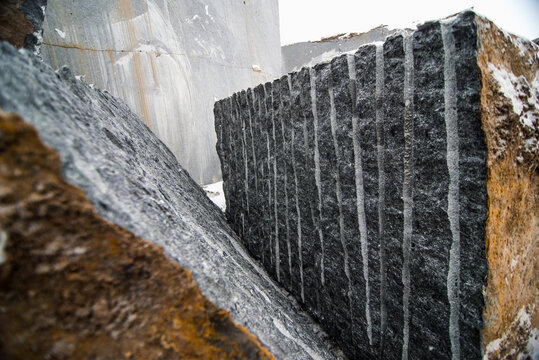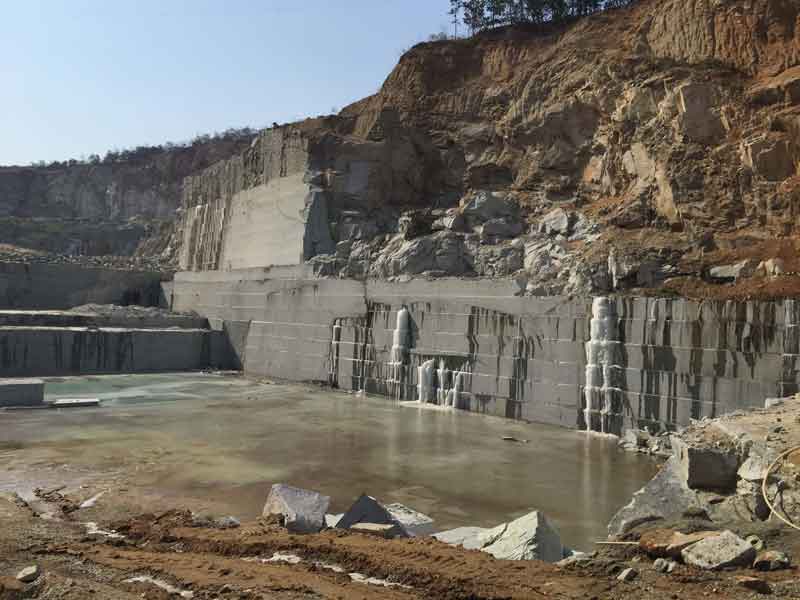Discovering the Beauty of Granite Quarry in South Africa Marvels
Discovering the Beauty of Granite Quarry in South Africa Marvels
Blog Article
Unearthing the Rich History and Sustainable Practices of Granite Quarrying
As we base on the precipice of uncovering the intricate tapestry of granite quarrying, a journey with time reveals not simply the physical act of removing stone yet likewise the cultural and historic value woven right into the very textile of this practice. From the ancient origins that laid the structure for modern quarrying techniques to the sustainable practices that are forming the future of this market, each sculpt mark on granite surface areas narrates waiting to be unearthed (granite quarries in south africa). The heritage of granite quarrying extends much past plain removal; it is a testimony to human resourcefulness, resilience, and the enduring attraction of this magnificent stone
Ancient Origins of Granite Quarrying
Dating back to old people, the practice of quarrying granite has actually been an essential component of human background and building development. The earliest evidence of granite quarrying go back to ancient Egypt, where huge pyramids and complex sculptures were crafted from this durable stone. The Egyptians utilized primitive devices to extract granite blocks from quarries, showcasing the significance of this material in their monumental building and constructions.
Moving on in history, the Greeks additionally made significant contributions to the quarrying of granite. The Greeks used granite in numerous architectural marvels, such as temples and statues, demonstrating their ability in shaping and carving this sturdy rock. The Romans even more refined the methods of quarrying granite, using advanced tools like chisels and hammers to essence and form granite for their iconic structures.
Via the centuries, the method of quarrying granite has actually developed, with modern innovations improving effectiveness while preserving the classic allure of this all-natural stone - granite quarries in south africa. From ancient people to modern home builders, the tradition of granite quarrying continues to shape our world
Advancement of Quarrying Strategies
The evolution of quarrying methods has been noted by a continuous development in the direction of greater performance and accuracy in removing granite. From the primary techniques used by our ancestors to the innovative modern technologies utilized in modern-day quarrying procedures, the sector has actually gone through substantial innovations. Early quarrying methods involved manual work with fundamental devices such as knives, hammers, and wedges to draw out granite blocks from the earth. As human beings advanced, strategies like fire-setting and primitive dynamites were introduced to help with the removal process.
Improvements in computer-controlled equipment and 3D modeling have actually optimized quarrying procedures, leading to marginal ecological influence and improved sustainability practices. As the demand for granite proceeds to climb, the advancement of quarrying strategies stays indispensable to conference market needs efficiently and sustainably.
Cultural Relevance of Granite
Granite holds an extensive social relevance across various civilizations because of its long-lasting existence in architectural work of arts and prized monoliths. From the marvelous pyramids of Egypt to the detailed makings of the Angkor Wat temple in Cambodia, granite has been a product of selection for revealing grandeur and longevity in social visit here heritage. In old Rome, granite columns adorned holy places and public structures, signifying toughness and permanence. The cultural value of granite prolongs beyond its physical characteristics; it symbolizes resilience, security, and timelessness, making it an icon of withstanding heritages and traditions.

Sustainable Practices in Quarrying
Among the abundant background of granite quarrying and its social value exists an expanding emphasis on lasting techniques within the sector. As environmental awareness and problems regarding resource deficiency have heightened globally, the quarrying field has increasingly accepted sustainable approaches to decrease its effect on the environment and bordering communities.

Moreover, improvement and rehab of quarry websites post-extraction are important to lasting techniques. By restoring quarried locations to an all-natural or advantageous state, such as creating wildlife habitats or recreational spaces, quarriers can offset the ecological impact of their procedures and contribute positively to the regional community.
Legacy of Granite Quarrying
With a historical background soaked in craftsmanship and industrial progress, what enduring influence has granite quarrying left on the landscape of contemporary society? The legacy of granite quarrying transcends simple extraction techniques; it has actually shaped architectural wonders, city landscapes, and advice cultural heritage worldwide. The durable nature of granite has actually made it a favored choice for monoliths, structures, and framework, standing as a testament to the skill and virtuosity of quarry employees across generations.
Moreover, the economic footprint of granite quarrying can not be ignored. The market remains to provide job opportunity and drive local economic climates in areas where view website granite removal prevails. It has actually also spurred technological improvements in quarrying methods and equipment, causing much more reliable and lasting practices.
In regards to sustainability, the legacy of granite quarrying includes efforts to mitigate environmental effects through reclamation tasks and responsible resource management. By balancing financial passions with environmental stewardship, the industry aims to make certain that future generations can remain to benefit from this long-lasting all-natural source.
Conclusion

Report this page